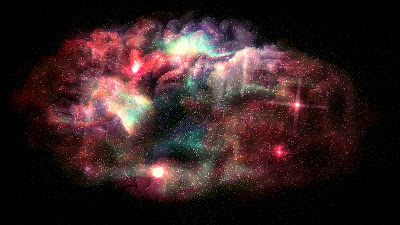Almost for the past one month I have been thinking about writing about willpower. The idea may sound trivial to the casual reader. However, it is interestingly not so. Why am I interesting in writing about this curiously has a very cogent reason. That is that while we are not so sure about whether we possess free will or not, how can we assume that possess willpower.
Quite interestingly my curiosity has coincided with the recent publication of Daniel C. Dennetts Reflections on Free Will. Sam Harris recently wrote a book titled Free Will. In response to that Daniel wrote a possible rebuttal to that. I have not been able to read Free Will possibly due to shortage of time and lack of access to a decent library that would host such books. I am sure it must be a very interesting book. On the other hand Daniel's rebuttal also sounds promising. In Sam's own words the rebuttal itself is as long as the book.
Luckily I have been able to give it an initial eye-ball, something that I could possibly only do given my tough routine over the past few weeks. Daniel has some very interesting reflections on Sam's notions of free will. I could not comprehend everything, but one definitely gets a good deal of an idea even through casual reading. It is interesting to note that both Sam and Daniel hold interestingly opposing positions on existence of free will. While Sam argues that we as humans do not have free will, Daniel proposes the converse. However, the argument is not that simple. It becomes quite obfuscated specially when we involve compatiblist and incompatiblist theories into account. It is true about me at least that I find a lot of things difficult to comprehend. It might not be true for many other readers (or students). However, I presume that a more focused reading may help in alleviating my problem of understanding the whole gamut of "free-will" "no-free-will" theories.
Assuming this knowledge of free will as a basis one may pose another interesting question: Does willpower exist? Often we hear success stories about ordinary people who dealt with extra-ordinary situations and came out as victorious. We tend to say that so and so person has tremendous willpower simply because he/she struggled very hard against so many unprecedented and unfavorable circumstances and eventually came out as victorious.
Mountaineers climb high mountains. In the due course they fall off high and rocky cliffs. They get emotionally shattered and physically crippled. However, they do not give up on their ambition to climb. Is this determination and audacity an exhibition of willpower?
I stopped blogging almost a month ago due to other important chores that I was supposed to undertake. As I stopped blogging I made a vow to myself that I would think about a few ideas about writing and come back and write with more zeal and passion as soon as I got a new idea. The very fact that I have somehow managed to come back and written off this article, is this suggestive that I possess some level of willpower in some meaningful sense?
In order to understand this we would initially have to understand what willpower simply means. In its simplest interpretation willpower can mean the ability to execute one's will. To this end, one should have the ability to have will or to will, irrespective of how a philosopher may believe that it is suitable for us to have it or not. Anyhow, if we agree with Sam Harris that we do not have free will at all, how can we have willpower?
Psyops by PsyopsPrime is licensed under a Creative Commons Attribution-NonCommercial-NoDerivatives 4.0 International License.
Based on a work at http://www.psyops.tk/.
Permissions beyond the scope of this license may be available at http://www.psyops.tk/.




















